I wish I could say what causes the shimmer one sees on some LED's, my electronic switches click, so one assumes they had a relay inside, they do not dim, most bulbs work OK, however the G9 bulbs caused me a problem, the small bulb
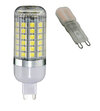
I had a problem with staying on cured with one of these

and a shimmer which would go if a quartz bulb was fitted, only one of 5 needed to be quartz or one of the larger bulbs were fitted.
One of the larger bulbs failed, and I opened it to see what was inside, the smoothing capacitor after the full wave rectifier was nearly as big as the smaller bulb, actually found a dry joint and repaired the bulb, still working a year latter.
But there is no good explanation why one bulb should stop the flicker with the others, but it did. The switch

states minimum bulb size, and has a
chart to say which bulbs should work, however the 2.3 watt Philips bulb did not work without flicker, it states up to 5-6 bulbs a circuit, total not to exceed 250 watt, (50 watt LED) I am sure I did read some where 5 watt minimum.
I had 5 fitted, but due to problems with lights doing daft things, now down the 2, had them around 4 years, and main good point is it works with a remote
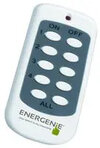
even with no internet, it needs a hub to connect to internet, but not to the remote, and can have 4 remote's paired to one switch. I use them as no two way switching in the bedrooms.
It only has 3 time slots as standard, and you can select which days of the week they work on, plus IFTTT if you do need extra slots.
However the Lidi bulbs could also work with a remote,
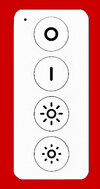
and these can dim as well as On/Off, and you can also adjust the colour temperature with the app, and were cheaper, unfortunately can't find more of the Lidi remotes, the came with the three lamp GU10 light bar, and work with zigbee.
In the guest bedroom I use a bulb with dedicated remote
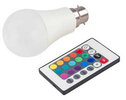
which does not connect to internet, it means no need to program it into guests phone, default is on, so turn off light at wall switch and back on, and it works even without the remote. From B&M bargains.
The landing light odd one out, and uses a relay
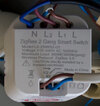
this means original switch still works like a two way switch with phone or google nest mini control. Although I can dim and colour change the centre bulb, in the main centre bulb used so it does not wake anyone, and outers for good light
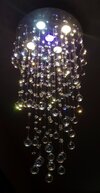
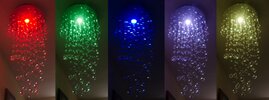
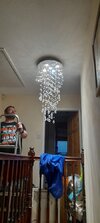
it is not really there because of functionality, but to look good. I think we have to decide if we want lights to look good, or light the room, I can dim many of my lights, but not really to do with functionality, and most are zigbee controlled with SmartLife. Or voice control with Nest Mini's, but most rooms amount of light is adjusted number of lights switched on, not a dimmer switch, we did start fitting them in the 80's but it was a passing fad.











